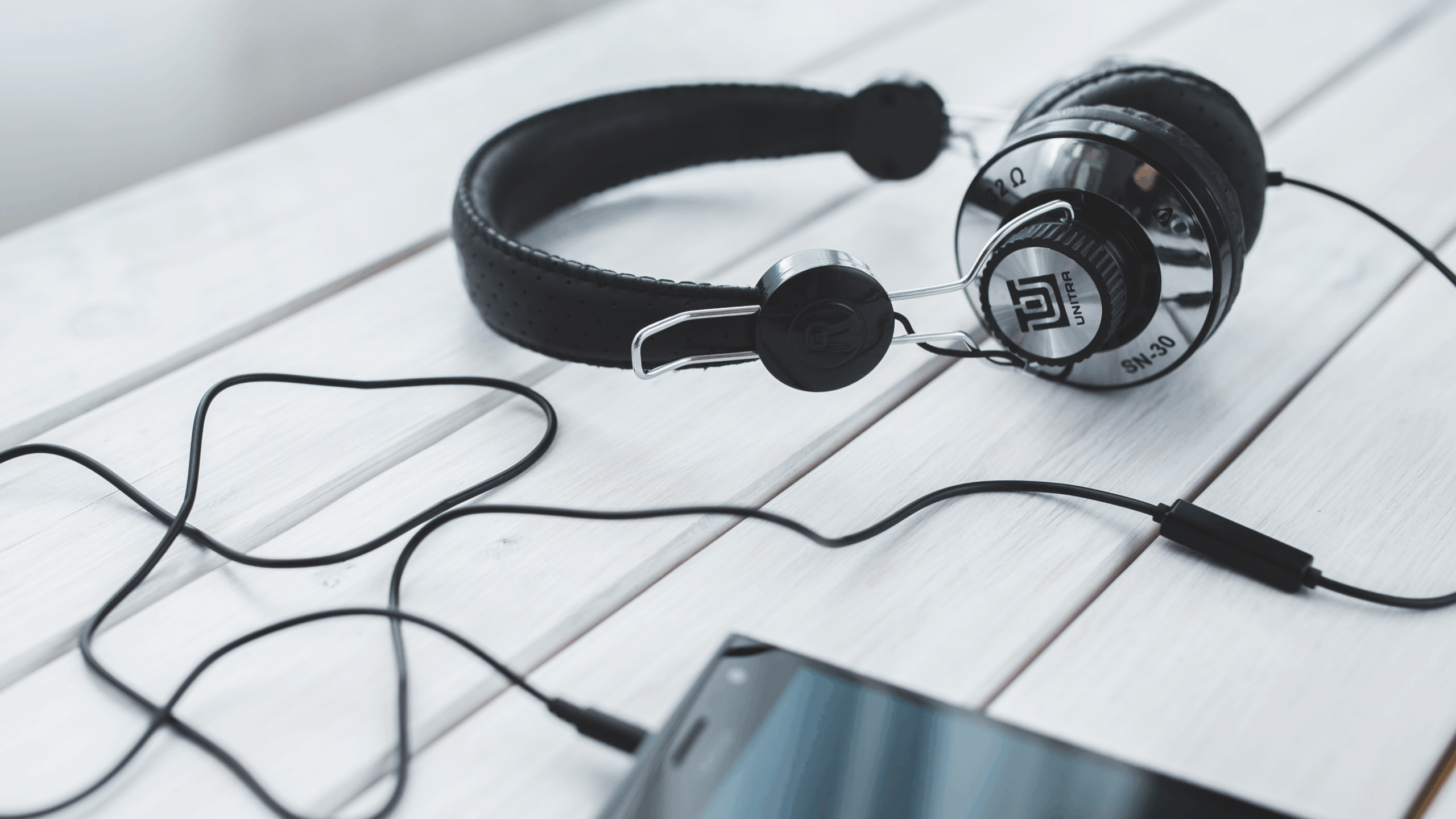Researchers say music does more than distract patients from pain. It may actually change how the brain processes it.
Studies have shown that listening to preferred music can dull pain more effectively than listening to speech or podcasts.
“Music is a distractor. It draws your focus away from the pain. But it’s doing more than that,” said Caroline Palmer, a psychologist at McGill University who studies the connection between rhythm, cognition, and pain.
Scientists are still tracing the neural pathways involved, but findings suggest that music activates multiple areas of the brain, altering both the perception and emotional experience of pain.
Over the past two decades, more hospitals have been using music as a complementary therapy for patients dealing with pain or anxiety.
Nurse Rod Salaysay of UC San Diego Health said he regularly plays guitar and ukulele in the recovery unit to help patients manage post-surgery discomfort. His playlist includes folk songs, classical pieces, and film themes such as “Somewhere Over the Rainbow.”
Salaysay said he often notices lower heart rates and blood pressure among patients, and some even request fewer painkillers. “There’s often a cycle of worry, pain, and anxiety in a hospital,” he said. “But you can help break that cycle with music.”
The medical field calls the phenomenon music-induced analgesia — the ability of sound to reduce pain perception and improve tolerance.
While no song can eliminate pain entirely, recent studies published in Pain and Scientific Reports have found measurable benefits from listening to music during recovery.
Florida State University psychologist Adam Hanley said pain is “a really complex experience” shaped by both physical and emotional responses, which can be influenced by sound.
“It’s created by a physical sensation, and by our thoughts about that sensation and emotional reaction to it,” he explained.
Experts say the type of music matters less than personal preference. A study by Erasmus University Rotterdam involving 548 participants found that listening to favorite genres — whether pop, rock, classical, or electronic — helped participants tolerate pain longer when exposed to cold temperatures.
“A lot of people thought classical music would help them more,” said co-author Dr. Emy van der Valk Bouman. “Actually, we are finding more evidence that what’s best is just the music you like.”
The personal connection appears to enhance the effect. Claire Howlin of Trinity College Dublin said giving patients the freedom to choose their own music improved their sense of control and pain tolerance.
“It’s one thing that people can have control over if they have a chronic condition — it gives them agency,” she said.
Music’s therapeutic potential dates back more than a century. Before modern anesthetics, doctors used recorded music to help patients relax during dental procedures.
Today, music therapy continues to evolve as researchers examine how active, focused listening can reduce chronic pain.
Hanley’s recent study found that daily attentive listening sessions may help people manage long-term discomfort by activating positive emotional centers in the brain.
Kate Richards Geller, a music therapist based in Los Angeles, said the findings align with what she sees in her own practice. “Almost all of the brain becomes active when we engage in music,” she said.
“That changes not just the sensation of pain, but also the isolation and anxiety that come with it.”
Doctors now describe music as a simple, low-cost form of therapy with no side effects.
Jazz singer Cecily Gardner, who used music to cope with illness, said it can make an immense emotional difference. “Music reduces stress, fosters community,” she said, “and just transports you to a better place.” —Associated Press






